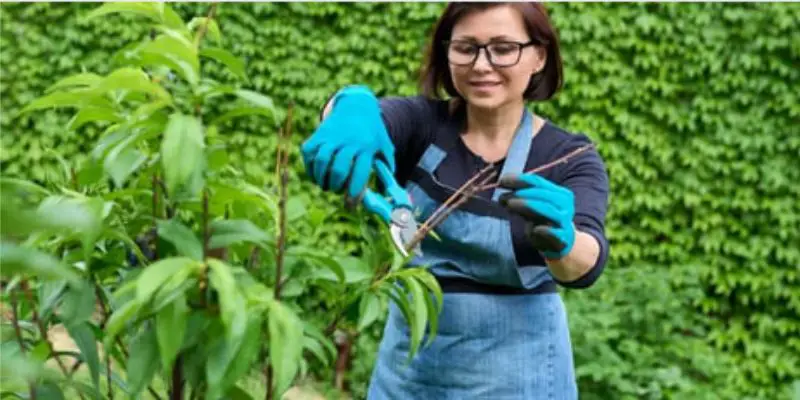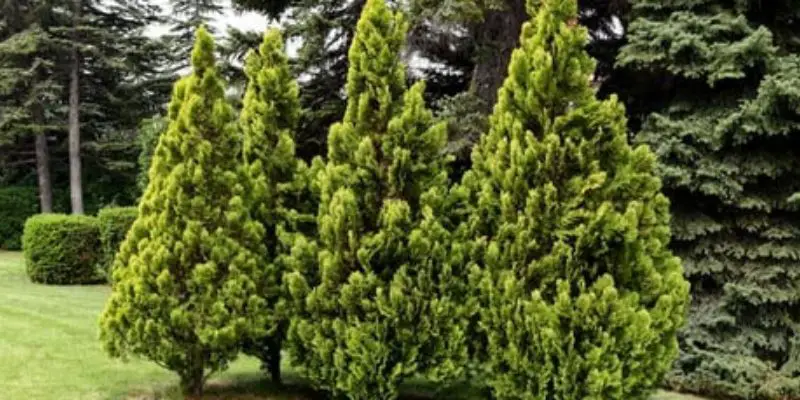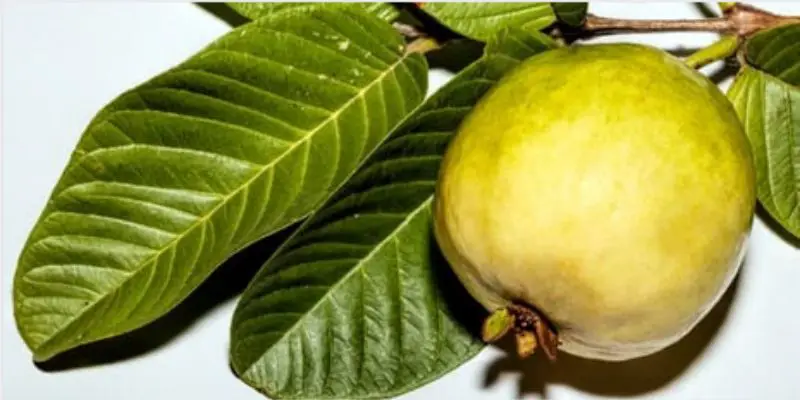Nectarines are one of summer’s sweetest treats, their smooth skin and juicy flesh bringing delight to backyard gardeners. To yield an abundant harvest of flawless nectarines, proper pruning is essential. By pruning your nectarine tree at the right times and in the proper ways, you can keep it healthy, stimulate fruit production, and create an open shape that allows light penetration and air circulation.
While pruning may seem intimidating to novice gardeners, it is a straightforward process that brings many rewards. With some basic knowledge of nectarine tree growth habits and a few pruning fundamentals, you will be ready to maintain your tree for optimal harvests. This article will provide a complete guide on how to prune nectarine tree for any gardener wishing for an abundant yield of mouthwatering nectarines.
When to Prune Nectarine Trees
Pruning a nectarine tree should be done during the tree’s dormant season for best results. This is the time when growth has halted for winter and the sap is not flowing. Depending on your climate zone and variety of nectarine, the optimal time for pruning is typically late winter or very early spring.
In zones with mild winters, aim to prune February through early March. In colder climates, prune in late March just as the weather begins warming up. Avoid pruning during fall or once spring growth has commenced, as this can stress the tree.
Signs your tree is ready for pruning include buds that are swelling but have not yet opened and an absence of green leaf tips emerging. If you scratch the bark with your fingernail and find a green layer just below, your tree is coming out of dormancy and should not be pruned. Wait to prune until all signs of active growth have disappeared.
Pruning Goals for Nectarine Trees
Before grabbing your pruners and heading to the orchard, it helps to understand the main goals behind pruning a nectarine tree. Keep these in mind as you work:
- Maintain tree health and vigor
- Stimulate new fruiting wood growth
- Create an open center to allow light penetration
- Remove diseased or damaged branches
- Control tree height and spread
With the right pruning cuts, you can achieve all these goals over time. Your nectarine tree will be refreshed, invigorated, and ready for another season of abundant fruit production.
Types of Pruning Cuts
Familiarizing yourself with the types of pruning cuts is an important first step. Each type serves a specific purpose in shaping, thinning, and renewing growth. The four main types of pruning cuts are:
- Thinning cuts – Removes an entire shoot or branch back to a sideshoot or the trunk. Opens up interior to light.
- Heading cuts – Removes the end portion of a shoot or branch, stimulating new shoots below the cut.
- Pinching – Removes just the soft succulent tip of a young shoot with the fingers.
- Shearing – Indiscriminate pruning across top and sides of tree with hedge trimmers or shears. Avoid on fruit trees.
Making the right types of cuts will result in a well-shaped, productive nectarine tree. Thinning cuts are used most often to allow light penetration and air flow. Save heading cuts for situations where you want to control height or encourage new branch formation.
Establishing a Strong Structure
The first 3-5 years after planting are critical for establishing a nectarine tree’s structure and form. Proper pruning now will pay off for the entire life of your tree. Follow these tips for strong structural development:
- Select 3-5 main scaffold branches spaced evenly around the trunk to form the basic framework.
- Train branches to angles between 45-60 degrees from vertical by staking or weighting. This allows light penetration and prevents breakage under a fruit load.
- Remove vigorous upright shoots that grow directly from main branches. They compete with the leaders.
- Head secondary branches in the first year to stimulate lateral shoots. These will bear future fruit spurs.
Do not let your tree get overgrown in these early years. Frequent pruning leads to a strong structure able to support large crops.
Tools and Supplies for Pruning Nectarines
Pruning nectarine trees does not require expensive or specialized tools. These basic items are all you need:
- Bypass hand pruners – Sharp, clean pruners make precise cuts up to 3⁄4 inch diameter.
- Lopping shears – Long handled shears for thicker branches up to 1 1⁄2 inch diameter.
- Hand saw – For branches over 1 1⁄2 inches that loppers cannot cut. A folding saw is convenient.
- Tree wound paint – Coat cuts over 1 inch to prevent disease organisms from entering.
- Isopropyl alcohol – Disinfect tools before each new cut to prevent disease spread.
- Ladder – A sturdy orchard ladder allows safe access to the tops of mature trees.
- Safety glasses and gloves – Protect your eyes and hands when pruning.
Invest in quality tools like bypass pruners designed for gardening. Clean, sharp tools that feel comfortable in your hands will make pruning easier and safer.
Storing a designated pruning kit in your garden shed keeps supplies organized and ready when needed. Add extras like tree ties, tags for labelling branches, and pruning sealer for convenience. Quality tools and preparation make pruning simple.
How to Prune Nectarine Tree
Once your tree is established, annual pruning is needed to stimulate new growth, allow air circulation, and create an open form for light exposure. Follow this straightforward process when pruning a mature nectarine tree:
1. Remove Any Dead or Diseased Branches
Scan the tree and cut out branches that are dead, damaged, or showing signs of disease. Make thinning cuts back to healthy wood. Sterilize pruning shears often with alcohol.
2. Eliminate Suckers and Water Sprouts
Suckers are shoots rising straight up from the rootstock. Water sprouts grow vertically off branches. Rub these shoots off by hand or make thinning cuts to remove them entirely.
3. Open Up the Center of the Tree
To allow light penetration, remove inward facing branches, congested branches that rub together, and vigorous upright shoots from main scaffold branches.
4. Head Branches to Outward Buds
On main scaffold branches, head back last year’s growth to just above an outward facing bud. This controls height and encourages horizontal branching.
5. Thin Overcrowded Areas
If small shoots are clustered tightly, remove some to provide the remaining ones room to grow. Don’t over-thin, as fruit spurs form on 2-3 year old wood.
6. Remove Water Shoots and Branch Tips
Pinch off the soft, green succulent tips of branches to stimulate fruit spur growth. Also remove water sprouts.
7. Rejuvenate Old Trees
On trees over 6 years old, cut one or two oldest branches at their point of origin each year. This encourages new vigorous replacement shoots.
Follow-Up Care After Pruning Nectarine Tree
Once initial pruning is complete, follow up with these maintenance steps:
- Paint all cuts over 1 inch in diameter with tree wound paint to prevent disease entry.
- Disinfect pruning tools between each cut with a spray of alcohol.
- Remove all pruned branches from the area to prevent disease spread.
- Monitor tree after pruning for signs of stress such as oozing sap.
- Water generously after pruning to help the tree recover.
- Destroy all diseased pruned branches by burning or chipping.
With proper follow-up care, your nectarine tree will respond vigorously after pruning.
Avoiding Common Mistakes
Even experienced fruit tree gardeners can make some pruning errors. Be mindful of these common pitfalls:
- Pruning too early or late in the season
- Making heading cuts on main scaffold branches
- Over-thinning the interior before outward branches establish
- Allowing upright water sprouts to remain on main branches
- Shearing the top and sides like a hedge
- Leaving branch stubs rather than making clean pruning cuts
By studying proper nectarine tree pruning techniques and understanding tree growth habits, you can avoid these mistakes. Patience and attentiveness while pruning are vital.
The Rewards of Proper Pruning
Putting in the effort to learn proper pruning techniques will yield great rewards in your nectarine harvests to come. Consistent, thoughtful pruning results in:
- Increased fruit production. More new wood and fruiting spurs are generated.
- Larger, higher quality fruit. More light and air penetration allow better development.
- Improved pest and disease resistance. An open form allows all surfaces to dry quickly.
- Easier harvesting. Shorter branches bring fruit within reach and allow light to penetrate to lower branches.
- Greater longevity. Regular pruning keeps the tree vigorous and extends its productive life.
- Enhanced aesthetics. A well-shaped tree is beautiful in the landscape all year round.
When done consistently over the years, pruning creates an ideal framework for your nectarine tree to thrive and produce abundant fruit. The effort you invest will pay off exponentially in the health and yields of your orchard.
Tips for Easy, Effective Pruning
Pruning your nectarine tree does not need to be complicated or time consuming. Follow these tips for easy, effective pruning:
- Start pruning early. This prevents having to remove large branches later on.
- Prune a little each year. Small, frequent pruning is better than occasional heavy pruning.
- Time pruning based on your climate. Prune just before spring growth resumes.
- Disinfect tools before each new cut. One infected cut can harm the whole tree.
- Stand back periodically and visualize the overall shape as you prune.
- Remove inward facing branches and crisscrossing branches.
- Make clean cuts just outside the branch collar. Avoid leaving branch stubs.
- Remove suckers and water sprouts promptly by hand.
- Encourage horizontal branching with heading cuts.
- Know when to stop pruning. Excess pruning can stunt fruit production.
Follow these simple guidelines and pruning will become a quick, satisfying routine. In just a short session each year, you can maintain your nectarine tree for optimal health and production.
When to Call A Professional
While routine pruning of younger trees can certainly be a DIY endeavor, large mature nectarine trees sometimes require professional assistance. Seek an arborist’s help for:
- Severe structural damage from storms or strikes.
- Major limb removal high up in very large trees.
- Trees that have been neglected and become overgrown.
- Signs of disease requiring extensive remediation pruning.
- Conversion of an old tree to a new structure through rejuvenation pruning.
A certified arborist has specialized skills, tools, and safety training to handle major pruning jobs. They can assess damage or disease and provide a plan to restore tree health. For complex pruning tasks, hiring a professional can be money well spent.
For most gardeners, however, basic annual pruning of younger backyard nectarine trees falls well within the DIY realm. With proper technique and consistency, you can maintain a healthy, vigorously productive nectarine tree on your own.
How to Prune Nectarine Tree with Confidence
What may initially seem a daunting prospect – standing before a nectarine tree with pruning shears in hand – can become a simple yearly routine if you follow sound practices. By studying tree anatomy, understanding pruning goals, and adhering to seasonal timing, the correct methods will soon become second nature.
Be observant, patient, and consistent. Prune lightly and frequently, never removing more than one-quarter of the tree’s branches at once. Visualize the desired shape and outcomes. With careful attention and proper tools, you will be pruning with confidence in no time.
When done consistently and correctly, pruning not only maintains tree form and vigor, but can actually invigorate fruit production. Your nectarine tree will reward your care with an abundant harvest of juicy, blush-colored fruit each summer. Enjoy the hands-on process of shaping your tree and look forward to its sweet rewards.
Conclusion
Pruning may seem intimidating, but is essential for a productive nectarine tree. By understanding some basic principles and techniques, any gardener can learn to prune their tree effectively. Follow seasonal timing, make proper cut types, establish strong structure when young, and aim for an open form. Avoid common mistakes like over-pruning. Employ the right tools for the job. With attentive care, you can maintain a healthy, vigorously fruiting nectarine tree for years of succulent summer harvests.
Also read:
Best Electric Hedge Trimmer – Top 5 Picks and Buying Guide

Michael Glenn is a certified arborist and horticultural expert with over 15 years of experience in the landscape industry. His passion for plants and trees has led him to become a sought-after authority on pruning and trimming techniques. Glenn’s in-depth knowledge of proper pruning methods, timing, and tools has helped countless homeowners and professionals maintain healthy, aesthetically pleasing gardens and landscapes.
In addition to sharing his pruning expertise through practical tips, step-by-step guides, and expert advice, Glenn is also a respected author of pruning tool buying guides. His comprehensive reviews and comparisons ensure readers can make informed decisions when investing in quality loppers, pruning shears, saws, and other essential equipment. With a deep understanding of plant biology and sustainable practices, Glenn’s writing empowers audiences with the knowledge needed to properly care for green spaces.






Wow, amazing weblog format! How long have you been running a blog for?
you made running a blog look easy. The overall glance of
your website is great, let alone the content material!
Thank you!